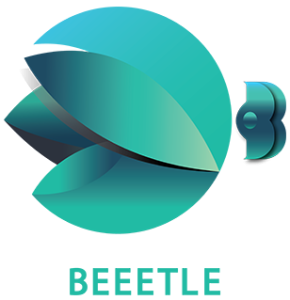Setting Up Budget For Your Facebook Ad
A company of any size can use Facebook’s tremendous platform to drive demand – even on a shoestring budget.
Unlike conventional marketing mediums like television, radio, and newspapers, Facebook ads do not have to be prohibitively expensive. Better yet, you can choose exactly who your audience will be and when they will be reached, rather than picking a time slot and trying to attract clients during a commercial break. With a Facebook Business Account, you may raise brand recognition by expanding your audience of followers and daily reach on social media. You may guide visitors to your website to promote a certain product, service, or campaign. These campaigns can also be directed at local, regional, national, or worldwide audiences.
Optimize your Facebook Ads campaign budget with daily and lifetime budget suggestions from a social PPC advertising specialist like us. The Facebook Ads platform provides a plethora of internet marketing services to assist you in reaching your target audience in the most efficient manner.
There are several adjustments available, such as target audience, ad copy placements, conversion activities, and so on, but one lever that receives less attention is money. For Facebook Ads, there are two budget options: daily and lifetime, each with its own set of advantages and disadvantages.
Choosing the wrong one might harm the success of your campaign. We’ll go through each of them in depth below, but first, we need to talk about which tiers you want your budgets to be managed from, campaign or ad set.
1 .Locate Your Facebook Audience
First, identify your ad campaign’s target demographic. What is the best method for determining your target audience? Create buyer personas.If you’ve previously established buyer personas for your firm, you’ll be using Facebook ads to target these various personas during the awareness and consideration stages of the buyer’s journey.
2.Create an Efficient Facebook Ad
The ad creativity and the ad title are the two most crucial aspects of a good commercial. A Facebook user will only like, click, or share an ad if it catches their attention, and the headline and ad creativity are the first things they see.
Before you go on Facebook, create three or more distinct copies of an ad in a document or spreadsheet. Change the headline and find three photos that are related to your content.
3.Boosting a Post
If you have a published post that is linked, has a compelling image, and has good text, you may use a minimal ad spend to get the article out to your audience as is. First, make sure your article is error-free. Check your spelling, links, and any creative aspects twice. Then click “Boost” to enter an ad editor with fewer options. You will be able to establish a new, relatively limited audience or use one that you have already stored. Finally, decide on a budget. You’ll note that you don’t have as much control over placements, ad kinds, or bidding as you have in the complete Power Editor or Ads Manager. This is OK for minor campaigns. Starting small helps you to gradually expand your following while understanding what type of material they appreciate (as they “like” or click on it) and what posts aren’t as engaging as you anticipated.
4.Budget Optimization for Campaigns
Budgets on Facebook have always been regulated at the ad set level. However, in recent years, Facebook has developed Campaign Budget Optimization, which allows marketers to establish a campaign-level budget, which Facebook subsequently distributes to ad sets depending on performance.
Campaign Budget Optimization (CBO) uses Facebook’s machine learning to serve advertisements from the ad set that is predicted to produce the greatest results. If you want to use ad set minimums and maximums, don’t let them define your whole campaign’s daily budget. This will prevent Facebook from learning and optimizing to the best performing audience, and the result will be the same as if you were using ad set level budgets. Instead, allocate only approximately half of your spending to your ad settings and let Facebook handle the rest.
Concentrate on generating high-quality advertising that assists your audience to understand your company and its offerings. There is no value to publishing every day, so focus your efforts on making your advertising efforts entertaining for your target audience. Align each Facebook ads campaign with your goals after you’re certain you understand the voice and style of the articles that resonate most with your audience. As you can link leads or sales objectives to your efforts, you may be able to raise your Facebook ads budget over time. Just keep in mind that when it comes to scaling up, you should proceed with caution.
Popular Categories
Newsletter
Get free tips and resources right in your inbox, along with 10,000+ others


